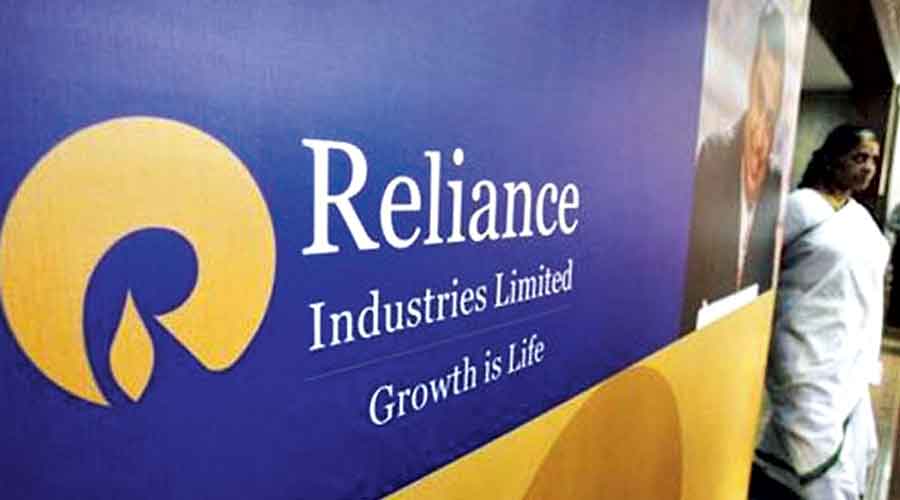Reliance Industries wants to become one of the largest producers of blue hydrogen globally as part of its aggressive plans in green energy.
The company plans to produce blue hydrogen at a “competitive cost” of about $1.2-1.5 per kg as it repurposes its $4-billion gasification assets, the conglomerate said in a presentation.
Reliance has in the past year unveiled plans to reduce its dependence on its mainstay oil-to-chemicals business and invested in clean energy projects to burnish its green credentials.
Reliance will initially use syngas, produced by petcoke gasifiers, to make blue hydrogen for its Jamnagar complex in western Gujarat state, until green hydrogen’s cost comes down.
Hydrogen produced from natural gas and which eliminates emissions by capturing and storing the emitted carbon is called blue hydrogen. Green Hydrogen is extracted from water using electrolysis powered by renewable energy.
Green hydrogen produced with renewable resources costs between $ 3-6.55 per kg, according to the European Commission’s July 2020 hydrogen strategy.
At this unit, the low value fuel streams (off-gases) are taken out from the fuel pool and used as feedstock to convert to high value petrochemicals. This syngas project will now be transferred to a subsidiary it owns fully with a view to unlocking value.
“In the interim, till cost of green hydrogen comes down, RIL can be the first mover to establish a hydrogen ecosystem, with minimal incremental investment, in India,” it said.
“Subsequently, as hydrogen from syngas is replaced by green hydrogen, the entire syngas will be converted to chemicals.”
RIL chairman, Mukesh Ambani, who wants to move his group to net-zero carbon emissions by 2035, last month announced plans to invest $79 billion to set up green energy projects, including a 100 gigawatt renewable energy power plant.
The company had said the transition to net carbon zero provides a unique opportunity to unlock value through re-purposing of assets and upgradation of configuration.
Ambani wants to produce green hydrogen at $1 per kg before the turn of this decade.
“Jamnagar energy demand is currently met through fossil fuels including syngas from the gasifiers... Fossil fuel can be replaced by renewables, including solar, biomass-based fuel, hydrogen and changing steam drives to electric drives,’’ the presentation added.











